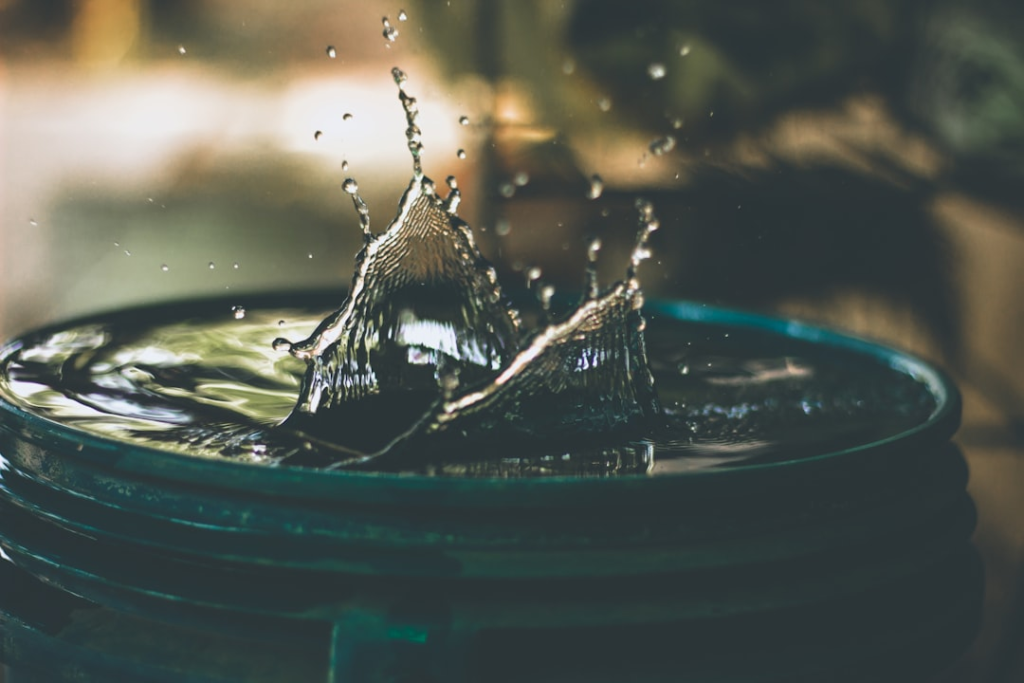Have you ever considered how much water goes to waste in your home? Grey water systems are eco-friendly solutions that recycle water from sinks, showers, and washing machines for use in irrigation and toilet flushing. By reusing this water, you can significantly reduce your household’s water consumption and contribute to environmental conservation, notes American Heritage Properties team.
Understanding how grey water systems work is the first step to making the most out of them. Essentially, grey water is collected from various sources, filtered, and stored in a grey water tank. This stored water can then be repurposed, reducing the demand on freshwater supplies. But to ensure the system works efficiently, maintaining your grey water tank is crucial.
In this article, you will learn about the importance of maintaining your grey water tank, how to identify when it needs maintenance, and best practices for ensuring its longevity. Let’s dive into the essential aspects of grey water tank maintenance.
Importance of Maintaining a Grey Water Tank
Maintaining your grey water tank is not just about keeping the system functional—it’s about ensuring the health and safety of your household. A well-maintained tank prevents the buildup of bacteria and sludge, which can cause unpleasant odors and potential health hazards.
Additionally, regular maintenance enhances the efficiency of your grey water system. When the tank and filters are clean, the water flows smoothly, and the system operates at optimal capacity. This means you save more water and, consequently, more money on your utility bills.
Neglecting maintenance can lead to costly repairs or even system failure. And, having a grey water system is an investment that should last for years to come, making it essential to keep your tank in top shape. That way, you can continue enjoying the benefits of reusing grey water without any interruptions.
Signs Your Grey Water Tank Needs Maintenance
How do you know when your grey water tank needs attention? There are several tell-tale signs that indicate it’s time for maintenance. One of the most common signs is the presence of foul odors. If you notice a persistent bad smell near your grey water tank, it could be a sign of bacterial buildup or clogged filters.
Another indication is slow drainage or backup in sinks and showers. This can happen when the grey water tank is full or when the filters are clogged. If you experience slow drainage, it’s essential to check your tank and filters immediately to prevent overflow and potential damage to your plumbing system.
Water discoloration is also a red flag. Grey water should be relatively clear; if it starts to appear murky or contains visible particles, it indicates that the filtration system is not working correctly. Addressing these issues promptly can prevent more severe problems down the line.
Step-by-Step Guide to Grey Water Tank Maintenance
Keeping your grey water tank in top condition might seem daunting, but with a systematic approach, it becomes manageable. Here’s a step-by-step guide to help you maintain your grey water tank effectively:
- Turn off the System:
Before starting any maintenance work, ensure the grey water system is turned off to prevent any accidents or water flow during cleaning.
- Check the Filters:
Filters are crucial in trapping debris and preventing it from entering the tank. Regularly inspect and clean or replace the filters as needed. This simple step can significantly improve the efficiency of your system.
- Inspect the Tank:
Open the tank and check for any signs of sludge buildup or bacterial growth. Use a long-handled brush to clean the walls of the tank and remove any sludge. Ensure you dispose of the sludge following local regulations.
- Flush the System:
Run clean water through the system to flush out any remaining debris. This helps clear the pipes and ensures that the next batch of grey water is as clean as possible.
- Check for Leaks:
Inspect all connections and pipes for any signs of leaks. Fix any leaks promptly to prevent water wastage and potential damage to your property.
- Reassemble and Test:
Once all components are clean and in good condition, reassemble the system and turn it back on. Monitor the system for a few days to ensure everything is working smoothly.
Best Practices for Regular Grey Water Tank Care
Consistency is key when it comes to maintaining your grey water tank. Establishing a routine maintenance schedule can help keep your system in excellent condition. Aim to clean the filters and inspect the tank at least once every three months.
Using environmentally friendly cleaning products is another best practice. Harsh chemicals can damage the system and harm the environment. Opt for biodegradable and non-toxic cleaners to maintain both your grey water system and the planet’s health.
Educate everyone in your household about what can and cannot go down the drain. Avoid putting grease, food particles, and harsh chemicals into sinks and showers. These substances can clog the filters and cause buildup in the tank.
Grey water systems are becoming increasingly popular as more people recognize the importance of water conservation. By maintaining your grey water tank, you contribute to a sustainable future while enjoying the benefits of reduced water bills and a healthy living environment.
If you’re ready to take the plunge and install a grey water system, or if you need expert advice on maintaining your existing one, don’t hesitate to reach out. Together, we can make a positive impact on the environment while enhancing the quality of life for everyone.






